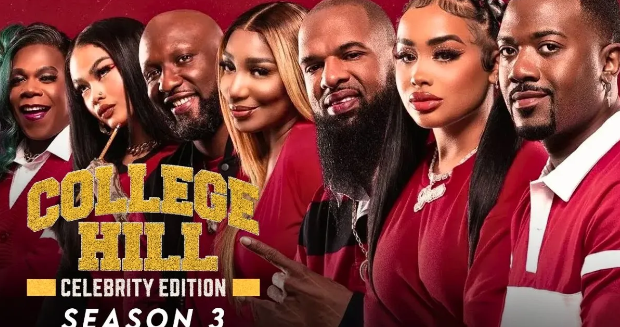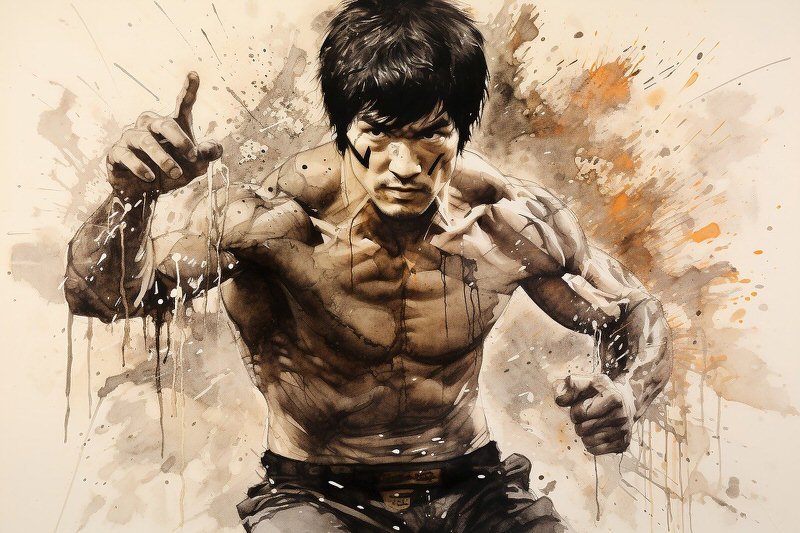Introduction
Shohei Ohtani has transformed the landscape of Major League Baseball (MLB) since his debut in 2018. Known for his extraordinary talent as both a pitcher and a hitter, Ohtani has become a global phenomenon, attracting fans and media attention like few athletes in the sport’s history. As a two-way player, he defies traditional roles, dazzling spectators with his ability to dominate on the mound while also smashing home runs from the batter’s box. However, with great talent often comes great pressure, and the risks of injuries loom large, especially for athletes who push the boundaries of their physical capabilities.
In 2024, Ohtani faced a significant setback with an injury that sent shockwaves through the baseball community. Fans and analysts alike were left speculating about his future on the field. Understanding the nature of Ohtani’s injury and its implications is crucial, not just for the Los Angeles Angels but for the MLB as a whole. This article aims to explore the details of Ohtani’s recent injury, its impact on the current season, the road to recovery, and what lies ahead for one of baseball’s brightest stars.
1. Shohei Ohtani’s Recent Injury: What Happened?
In August 2024, during a crucial game against the New York Yankees, Shohei Ohtani sustained a significant injury that would change the trajectory of his season. After pitching five impressive innings, he experienced sharp discomfort in his throwing arm, leading to an early exit from the game. Medical examinations revealed that Ohtani had suffered a torn ulnar collateral ligament (UCL) in his elbow, a common yet serious injury that could potentially jeopardize his pitching career. The diagnosis shocked fans and analysts alike, as Ohtani had been enjoying an outstanding season, showcasing both his batting prowess and pitching skills.
Following the injury, the Angels’ medical team acted quickly, placing Ohtani on the injured list and scheduling further tests to determine the extent of the damage. The initial prognosis indicated a recovery period of several months, which raised concerns about the impact on his dual-role status. Experts speculated about the need for Tommy John surgery, a procedure often required for UCL injuries, which would sideline him for an extended period. The situation left many wondering if Ohtani could return to the mound or if he would have to shift his focus solely to hitting, a transition that could significantly alter his approach to the game.
As the news broke, Ohtani addressed the media, expressing his disappointment but also his determination to recover. He acknowledged the challenges ahead but remained optimistic about returning to the game he loves. This resilience and commitment to his craft endeared him even more to fans, highlighting the emotional aspect of sports injuries and their impact on athletes’ careers.
2. Impact of Shohei Ohtani’s Injury on the 2024 Season
The ramifications of Shohei Ohtani’s injury extend far beyond his personal career; they significantly affect the Los Angeles Angels’ current season and the broader landscape of MLB. The Angels, who had been competitive in the American League West, faced immediate challenges in their strategy and roster management without their star player. Ohtani’s ability to contribute as both a pitcher and a hitter had provided the team with a unique advantage, often making him a one-man show. With his absence, the Angels lost not just a player, but a vital component of their competitive edge.
From a league perspective, Ohtani’s injury is a blow to MLB’s marketing and fan engagement. He has been one of the league’s most marketable stars, attracting attention not only for his remarkable skills but also for his charisma and sportsmanship. His participation in All-Star games and promotional events has consistently drawn crowds and boosted viewership. With him sidelined, the Angels risk losing traction in ticket sales and merchandising, and the league may see a decline in overall fan interest.
Moreover, Ohtani’s injury raises questions about the sustainability of the two-way player model in modern baseball. The physical demands placed on two-way players are immense, often leading to higher risks of injury. As teams look to Ohtani as a case study, there may be a shift in how franchises approach player development, workload management, and overall health strategies. The Angels and MLB must grapple with these questions as they seek to preserve the integrity of the game while ensuring the long-term health of their players.
3. Ohtani’s Road to Recovery: Medical Insights and Timetable
Recovering from a torn UCL is a complex journey, often requiring a multi-faceted approach to rehabilitation. The initial step typically involves rest and anti-inflammatory medications to alleviate pain and swelling. However, the long-term recovery plan is critical in determining whether Ohtani can return to his dual role or if he must focus solely on hitting. The standard treatment for a UCL tear often includes Tommy John surgery, which, while effective, requires a lengthy recovery period—typically 12 to 18 months before a full return to competitive pitching.
Experts in sports medicine have indicated that Ohtani’s recovery plan would likely involve a combination of physical therapy, strength training, and gradual reintegration into baseball activities. The recovery process not only focuses on the physical healing of the elbow but also on rebuilding the mental resilience needed to perform at the elite level once he returns. For an athlete like Ohtani, who has relied on his explosive pitching and batting capabilities, regaining confidence in his arm after surgery is as critical as the physical rehabilitation itself.
Past cases of players recovering from similar injuries can provide valuable insights. Notable pitchers like Jacob deGrom and Stephen Strasburg have successfully navigated UCL injuries, returning to the mound with even greater effectiveness. Ohtani’s team will likely study these cases to formulate a comprehensive recovery strategy that minimizes the risk of re-injury. The journey may be long and arduous, but Ohtani’s determination and commitment to his craft suggest he will approach his rehabilitation with the same intensity that defines his play style.
4. Shohei Ohtani’s Career Future: Can He Bounce Back?
As Shohei Ohtani begins his recovery, questions loom about his long-term future in MLB and whether he can reclaim his status as one of the league’s top talents. The uncertainty surrounding his injury raises valid concerns about his ability to continue as a two-way player. While Ohtani has expressed his desire to return to the mound, the reality is that many athletes who undergo Tommy John surgery may find it challenging to return to their previous level of performance.
If Ohtani shifts his focus solely to hitting, it would mark a significant transition in his career. However, given his extraordinary skills at the plate, he could still be a top-tier hitter even without pitching. The challenge will lie in how he adjusts his training and approach to become a full-time hitter while maintaining his competitive edge. This adjustment might require him to rethink his conditioning routines and develop new strategies to adapt to the nuances of being a designated hitter in a league that demands versatility.
Contract negotiations are another critical aspect of Ohtani’s future. Given his immense talent and marketability, Ohtani will likely command a substantial contract when he becomes a free agent. However, teams may be hesitant to invest in a player with recent injury history, potentially affecting his value in the market. Ohtani’s recovery will undoubtedly play a crucial role in shaping his future prospects, and his performance upon return will be closely scrutinized.
5. How Shohei Ohtani’s Injury Highlights MLB’s Larger Injury Concerns
Shohei Ohtani’s injury shines a spotlight on broader concerns regarding player health and injuries within MLB. As the league continues to evolve, the physical demands placed on athletes, especially those who take on multiple roles, have become a focal point for discussions around player safety. The increasing incidence of injuries among two-way players and the pressure to perform at elite levels raises critical questions about how teams and the league manage player health.
MLB has made strides in recent years to improve player safety, including initiatives focusing on workload management, injury prevention programs, and increased access to medical professionals. However, Ohtani’s injury serves as a reminder that the sport must continue to adapt its approach to player care. As teams evaluate how to best support dual-role players, there may be a shift in training practices, with a stronger emphasis on long-term health rather than short-term gains.
Furthermore, Ohtani’s situation may catalyze a reevaluation of how contracts and player expectations are structured in the league. With the inherent risks of being a two-way player becoming more apparent, organizations may need to reconsider their strategies when recruiting and developing young talent. As MLB seeks to maintain its competitive edge, ensuring the health and well-being of its players will remain paramount.
Conclusion
Shohei Ohtani’s injury in 2024 represents a significant turning point not only for his career but also for the landscape of Major League Baseball. As he embarks on the challenging path to recovery, the impact of his absence resonates throughout the league, raising questions about team strategies, player health, and the future of two-way athletes. Ohtani’s determination to overcome this setback reflects the resilience of athletes and the unwavering support of fans who stand by their heroes in times of adversity.
The journey ahead is filled with uncertainty, but shohei ohtani injury talent and work ethic provide hope for a successful return to the diamond. As he navigates the complexities of rehabilitation, the baseball community will be watching closely, eager to see how this incredible athlete adapts and evolves in the face of challenges. Whether he continues as a two-way player or shifts focus solely to hitting, one thing is certain: Shohei Ohtani’s impact on baseball is far from over.







